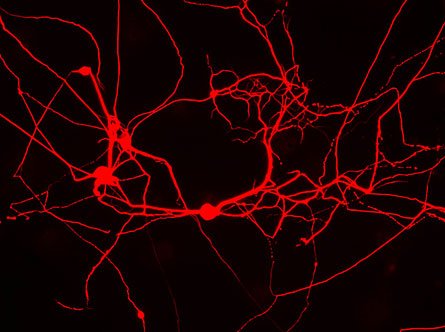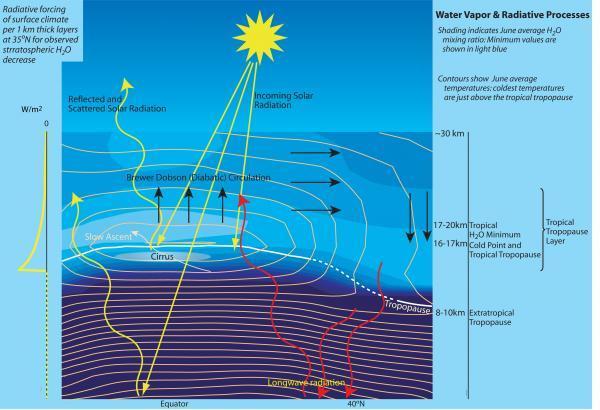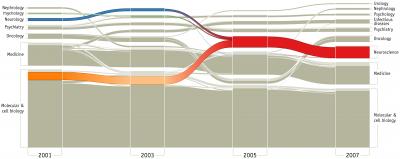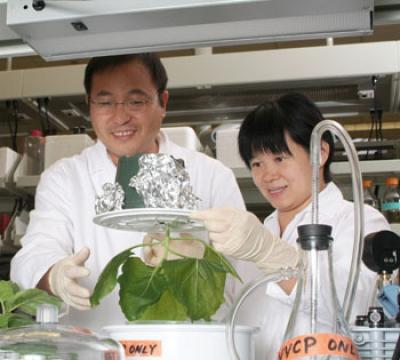
© Deutsche WelleAn artists depiction of an asteroid impacting the Earth.
It is only fitting that, in the 21st century, science will occasionally resemble science fiction. So it comes as no surprise that space agencies are building ships to prevent the end of the World.
There is a growing consensus among the global scientific community that the planet is under threat. The danger they warn of is by no means a new one; in fact it is the same one that many hypothesize led to the extinction of the dinosaurs approximately 65 million years ago - asteroids.
Every year more of these clusters of metal, ice, and rock hurtling through space are observed by astronomers. From its operations center in Darmstadt, the European Space Agency (ESA) is deeply involved in researching asteroids and has been cooking up a cosmic caper to pay one a visit for the better part of a decade. But why all the fuss?
According to US space agency NASA, the Solar System is host to more than one million of these so-called Near Earth Objects (NEOs), a term that includes comets and asteroids, that are greater than 40 meters in diameter, considered the threshold size for them to penetrate the Earth's atmosphere. NASA is also tracking more than 1,100 asteroids at least two kilometers in diameter.



